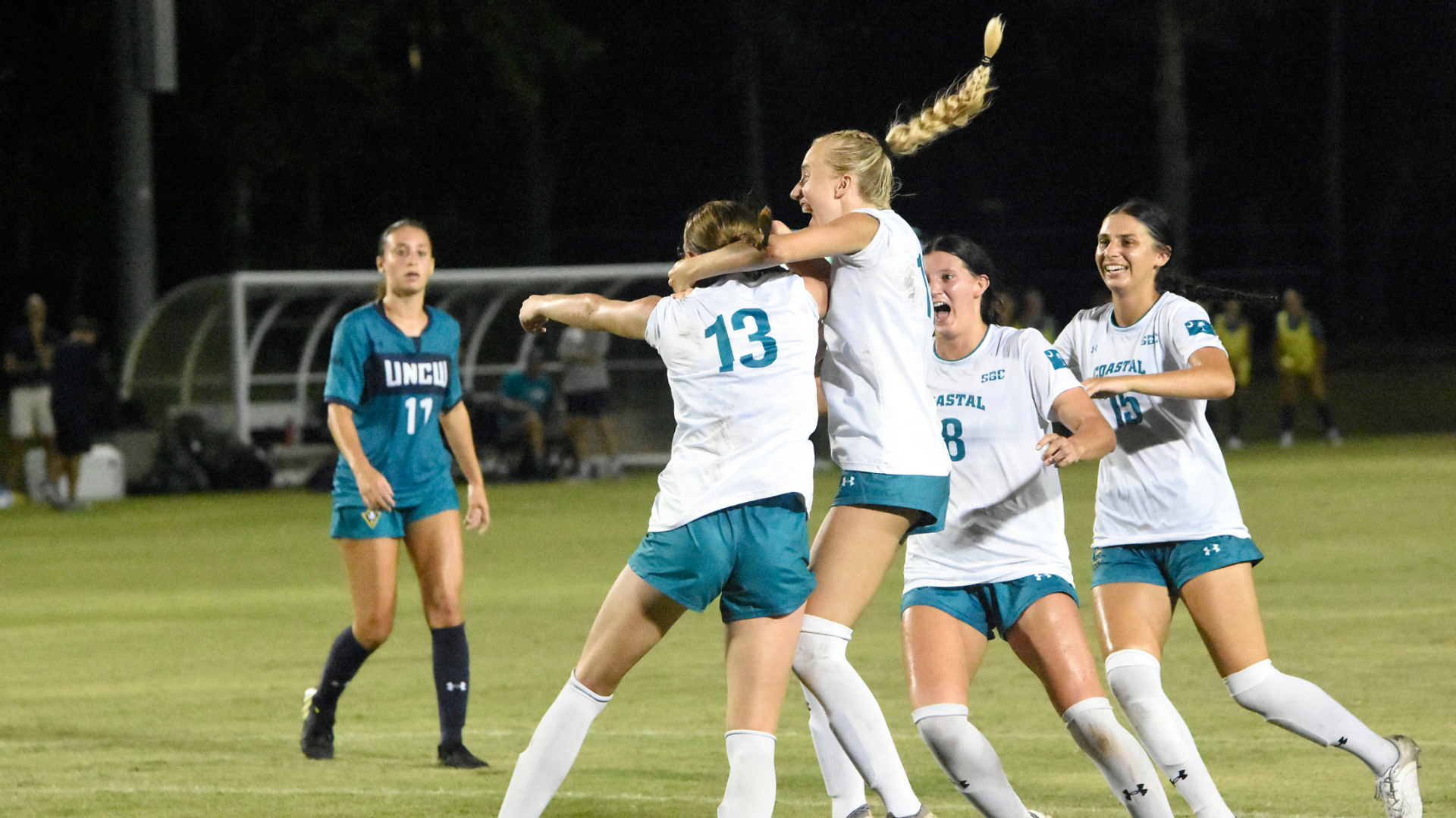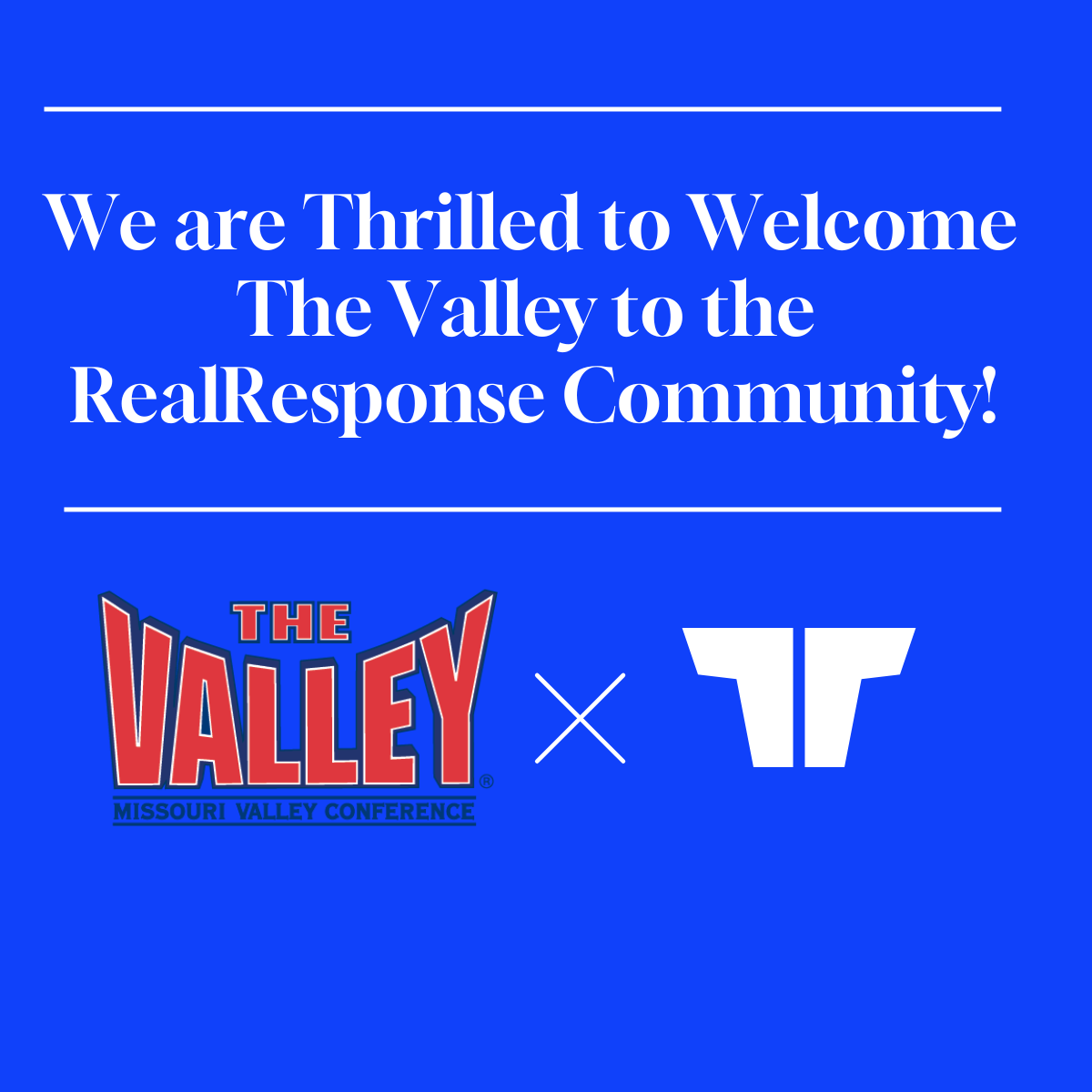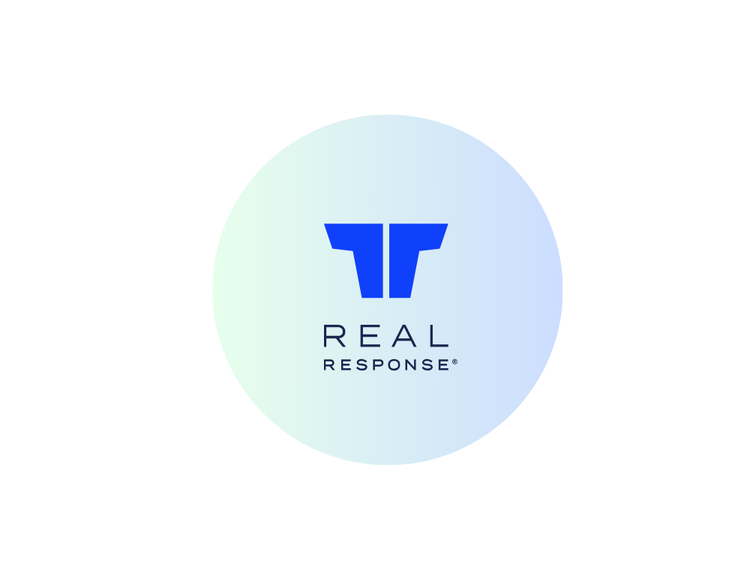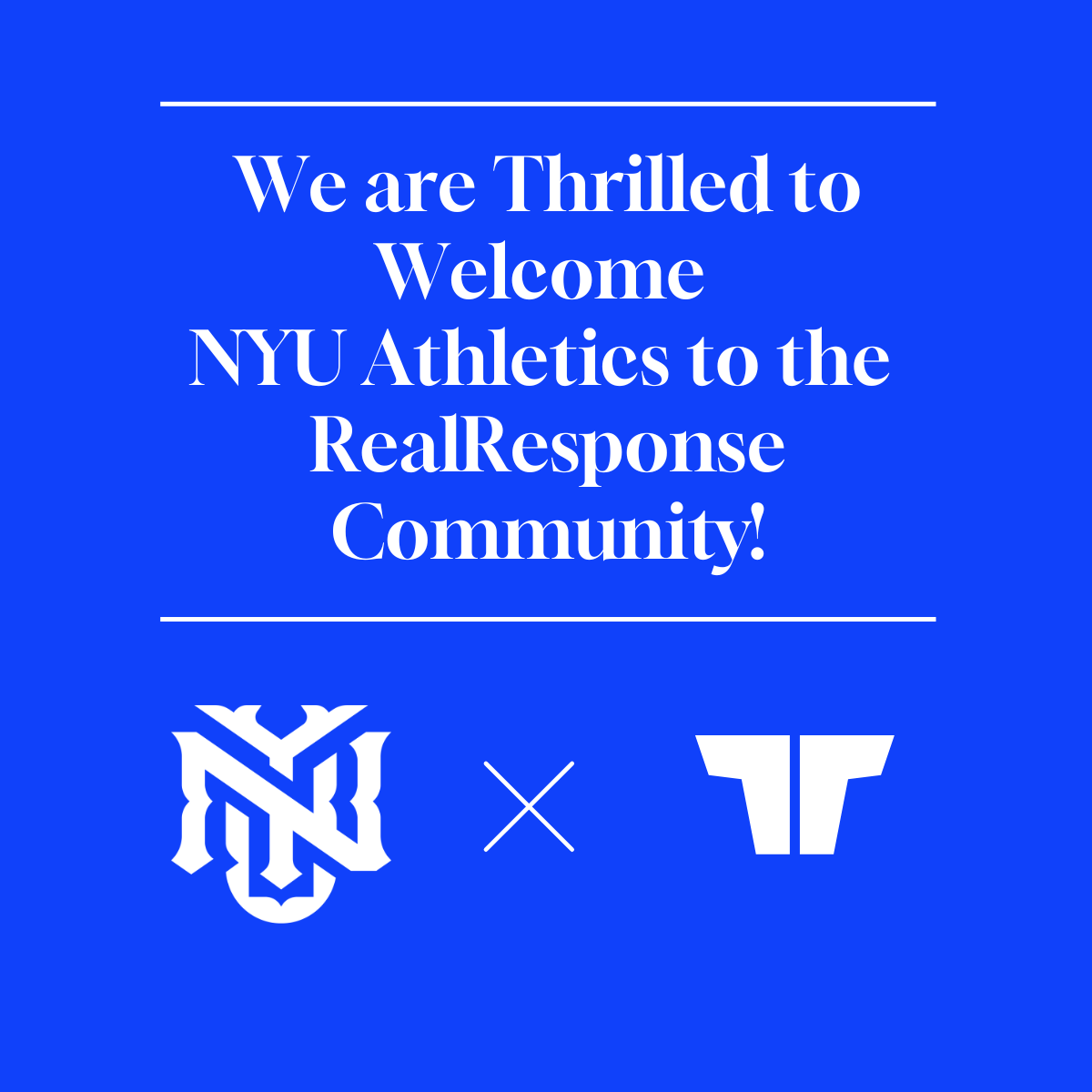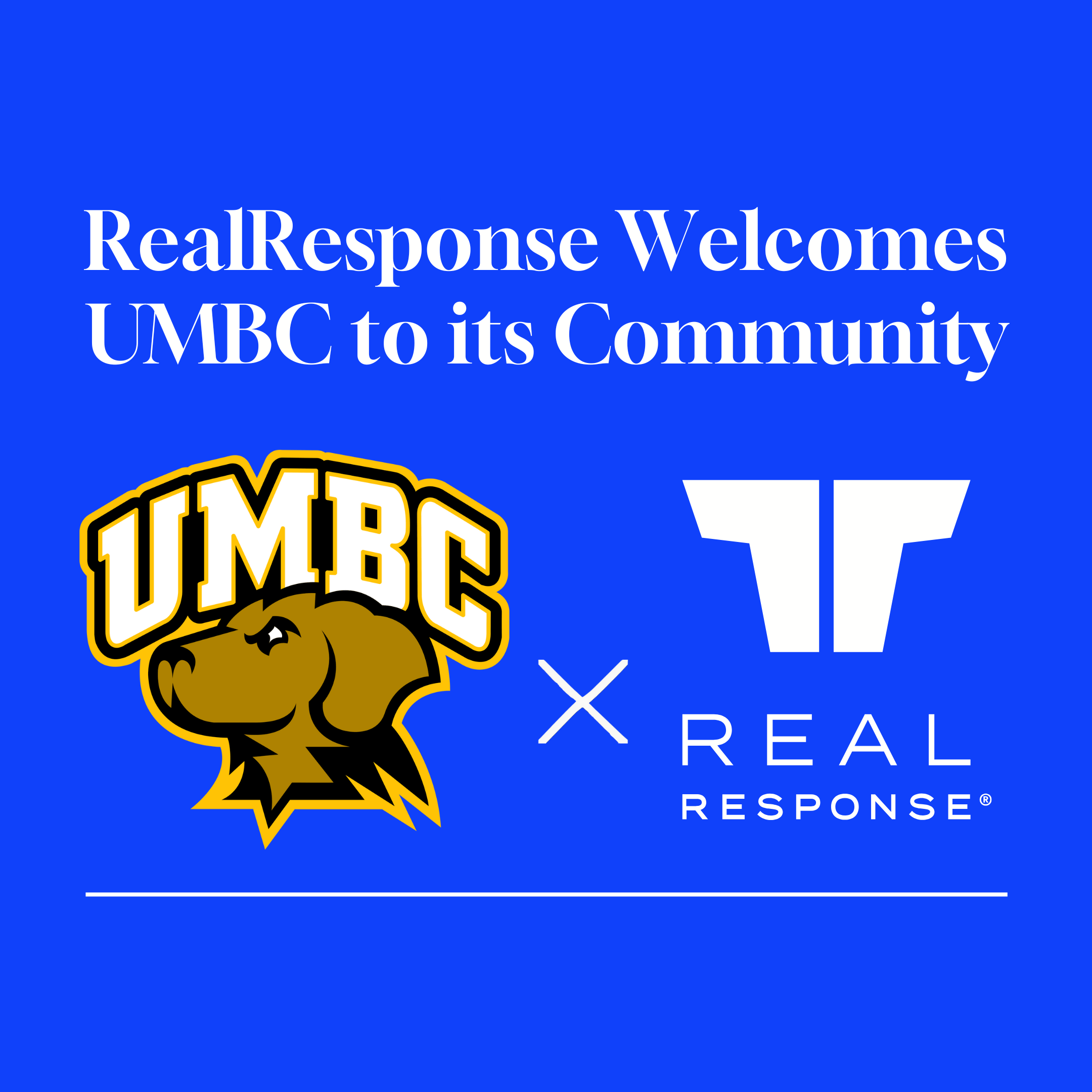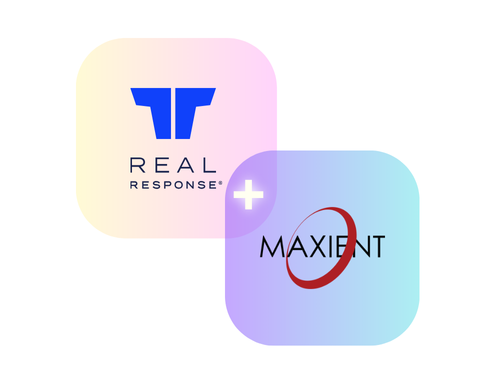Within prominent sports organizations across the U.S., leaders face new and increasingly complex challenges on a daily basis. Often stretched thin by time and budget constraints as well as a tight labor market, these organizations take on a barrage of issues, including allegations of misconduct and the growing mental health crisis.
If you’re in a leadership position in sports, be it an athletic director, pro sports executive, or perhaps the head of an Olympic national governing body, you’re part of an exclusive group. From the outside, many would find it to be an enviable position. The reality is that while sports is still an exciting and fulfilling industry, the challenges have never been greater.
Progressive leaders recognize that simply reacting to the needs and issues brought forth by their student-athletes, players and/or employees does not create a healthy and vibrant culture. You should actively foster a positive environment that encourages communication in a productive and protected fashion without recourse.
Building relationships and channels of communication
Until recently, sports had been one of the last bastions of old-school leadership. You know the type: discipline and tough love. Break ’em down to build ’em back up. But over time, too many coaches threw all their energy into the breakdown while neglecting the buildup. We also learned that even the perfect execution of that approach simply doesn’t work for all athletes. Bobby Knight may have embodied the coach of yesteryear, but today it is in Ted Lasso we trust.
In all seriousness, we can learn plenty from the approach of our favorite fictional soccer coach. It starts with relationships. Leaders must be invested in their people, athletes, or other staff, actively striving to get to know them and developing relationships that create mutual trust. Those within the organization need to know that their leaders truly care about their well-being — that it is not just lip service. In absence of that trust, it doesn’t matter what tools or systems a program has in place. Because if student-athletes, players, and staff aren’t going to trust the recipient on the back end to actually resolve and address their concerns, those tools won’t be used.
Still, how people communicate when potential issues matters. Hotlines, open-door policies and end-of-season surveys can’t be overlooked, but they are not enough on their own. It’s also not how society communicates in today’s world. Leaders must consider the power dynamics at play within their organizations, as well as potential generational differences in communication styles. If a member of a school, pro team, or corporation fears that sharing feedback could affect their playing time or career aspirations, anticipate silence. If the belief is that a 19-year-old or twentysomething raised on instant messaging and social media will confidently walk into a coach’s or the head of HR’s office for a face-to-face conversation, expect to be disappointed.
That’s not an indictment on sports or younger generations. Rather, it is a call for clarity and understanding in sports. Leaders can’t merely create feedback channels and call it a day. They must create the right channels, help cultivate relationships that welcome feedback, and provide assurances of confidentiality with no threat of reprisal. Open communication prioritizes the well-being of your ecosystem and your people, and helps create a first-class experience. One that is attractive to recruits, free agents, top talent, and others. It also ensures that when issues do arise — and inevitably they will — you are more likely to be aware of and begin addressing them before they escalate into a full-blown crisis.
Investing in the power of positivity
Enhancing communication and gathering measurable feedback helps provide organizations with a holistic view of internal experiences, across departments and on all levels. By encouraging and protecting open communication, leaders are more likely to address negative issues and begin to receive more positive feedback. There are many ways to encourage positivity, including simple shout-outs — acknowledgment of great work, positive interactions, or appreciation of resources that are made available. But fostering positivity isn’t all about receiving glowing reviews. You can’t improve unless you understand the full spectrum of your organization — including issues related to facilities, workplace environment, training, community involvement, etc. — and proactively addressing your people’s needs.
Many organizations are investing in these aims. From adopting enhanced communication tools to pausing to reflect and support (think Black History Month or Mental Illness Awareness Week) to reminding athletes and staff about available resources. By not only creating access, but by continually promoting and encouraging these tools, more people can receive help to reduce stress, sort out problems and prevent individual crises. And for those who may never feel the need for that extra help, the peace of mind knowing that there are available resources only enhances their experience and enriches their understanding of their teammates and co-workers.
As human beings, we want to be heard. We want to participate and communicate. We wish for a calm mind and crave the understanding of others. Sports leaders can’t solve every problem, but they can work diligently to create a positive culture and environment in which their players and staff can thrive — on the field and off.
David Chadwick is the founder and CEO of RealResponse.
SBJ Op-Ed: https://www.sportsbusinessjournal.com/SB-Blogs/OpEds/2023/04/05-Chadwick.aspx?hl=David+Chadwick&sc=0





